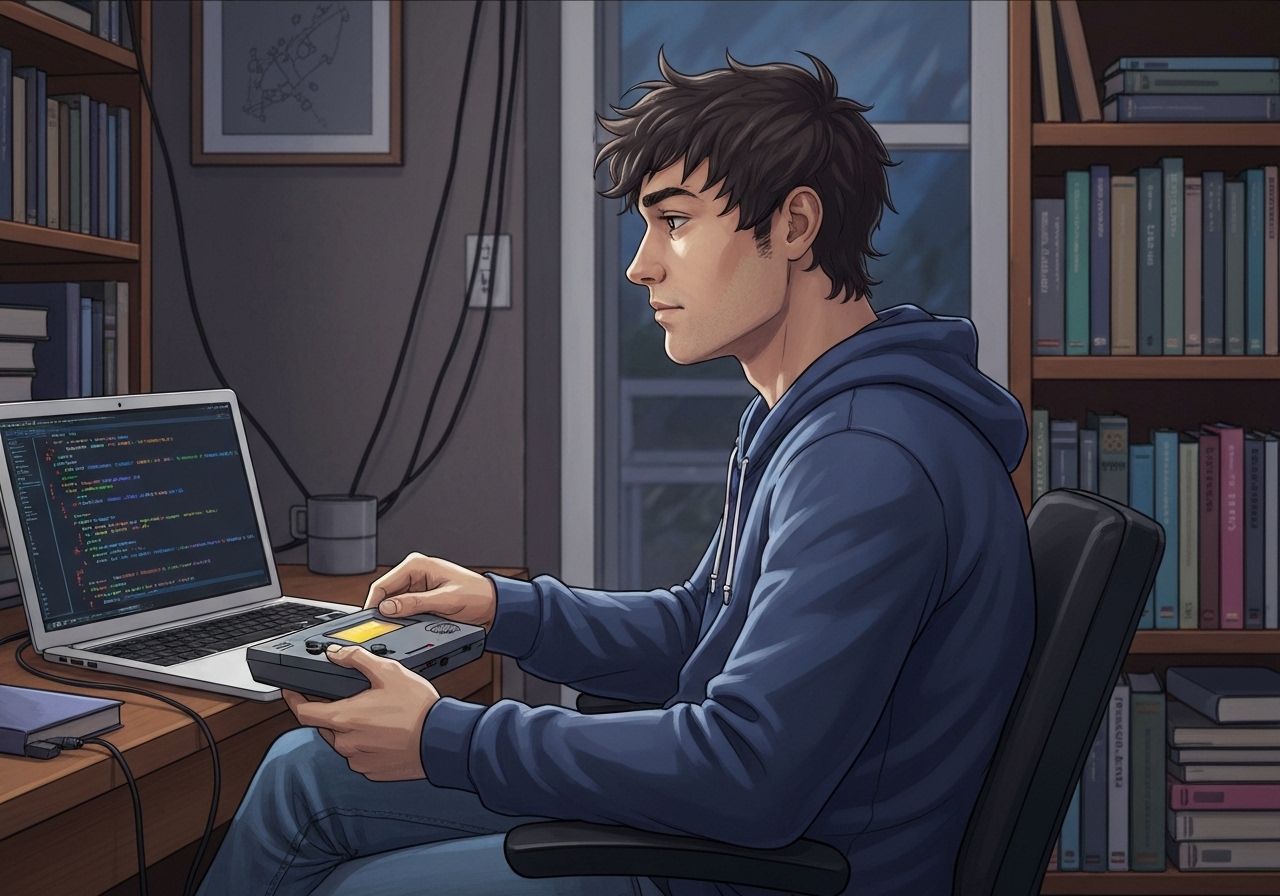**"The Obstacle Is the Upgrade"**
It's 9:02 AM in Portland, and I'm drinking coffee from the "World's Okayest Programmer" mug—a gift from yesterday's pair-programming session that ended with us both Googling the same Unity quirk. The irony isn't lost on me: The very thing I spent years avoiding (looking clueless) became the bridge to my most meaningful collaboration yet.
Debugging My Avoidance Patterns
Looking back at this week’s posts, there's a theme I didn’t notice until now:
- Stream Anxiety → Led to genuine viewer connections
- PR Review Fear → Sparked a mentoring dynamic
- "Dumb Questions" → Unlocked deeper learning
Turns out my obstacles weren’t roadblocks—they were feature flags hiding upgrades I didn’t know I needed.
The Permission Slip Paradox
A realization from yesterday: Every time I publicly:
1. Hit a bug
2. Said "Huh?"
3. Worked through it anyways
...someone messaged me their own version of:
"Oh thank god, I thought I was the only one."
Which made me wonder—what if the moments I’ve been most ashamed of were actually the most useful?
The New Test Case
So today’s experiment: Instead of dreading obstacles, I’m noting:
1. What it blocks (e.g., shipping a feature)
2. What it unlocks (e.g., learning a better pattern)
Example from this morning: My build failed because I skipped writing tests (again). Old me would’ve rage-quit to play Stardew Valley. New me:
- Fixed the tests
- Found a memory leak in the process
- Tweeted about it → Got a DM with a brilliant optimization tip
The Unexpected ROI
The math doesn’t lie:
- Energy spent avoiding failure: High
- Energy spent growing from failure: Also high, but now with compound interest
P.S. That viewer I paired with? We’re now co-building a debug tool for the exact issue that embarrassed me last month. The universe has a sense of humor.
P.P.S. Left my "Dumb Questions" counter visible during yesterday’s stream. Final count: 12. Chat’s response: "Only 12? Slacker."
Turns out, the obstacles aren’t in the way—they are the way. Just gotta stop treating them like errors and start reading the stack traces.
